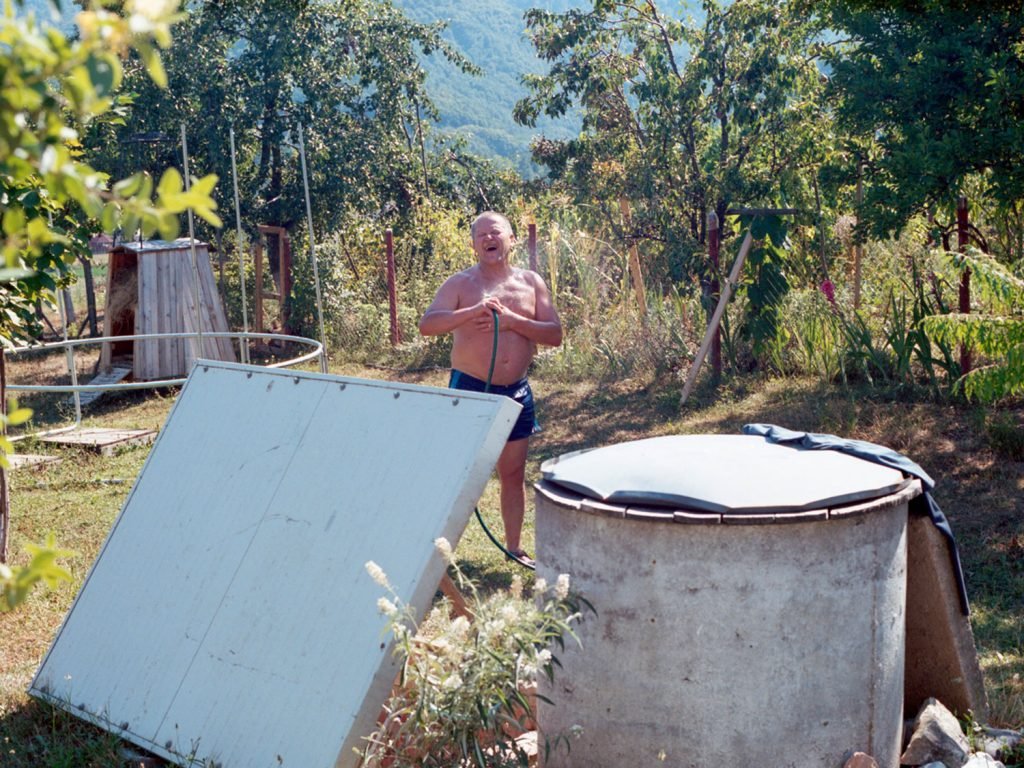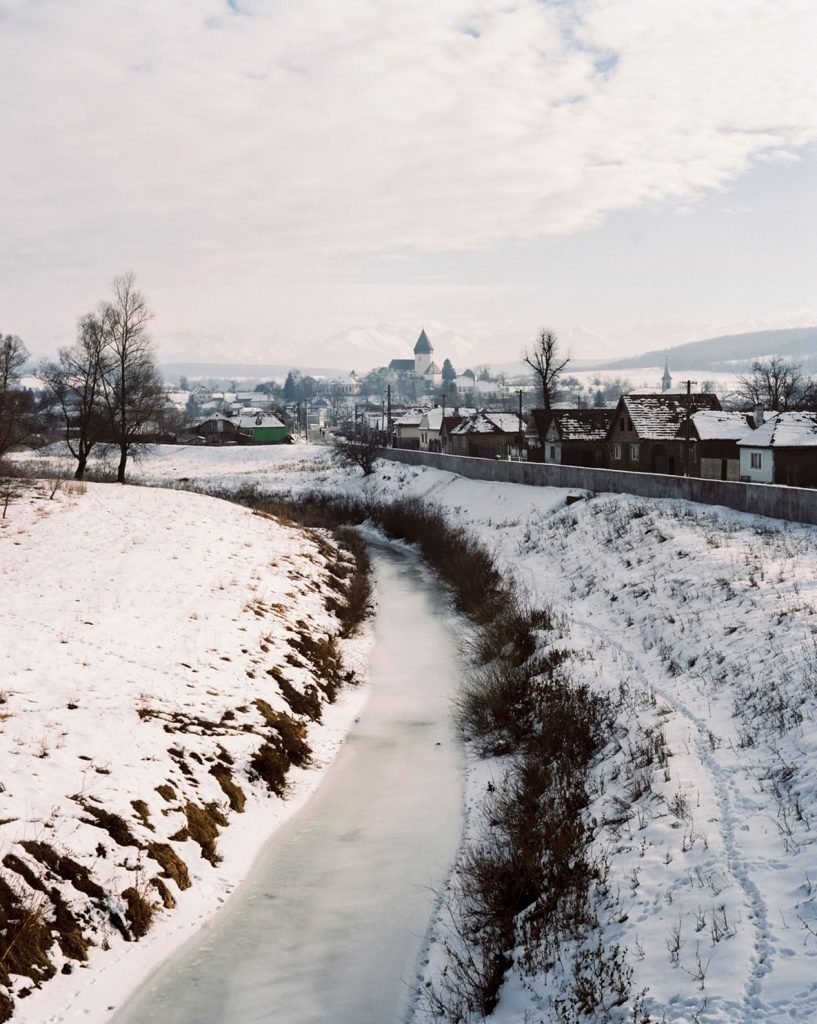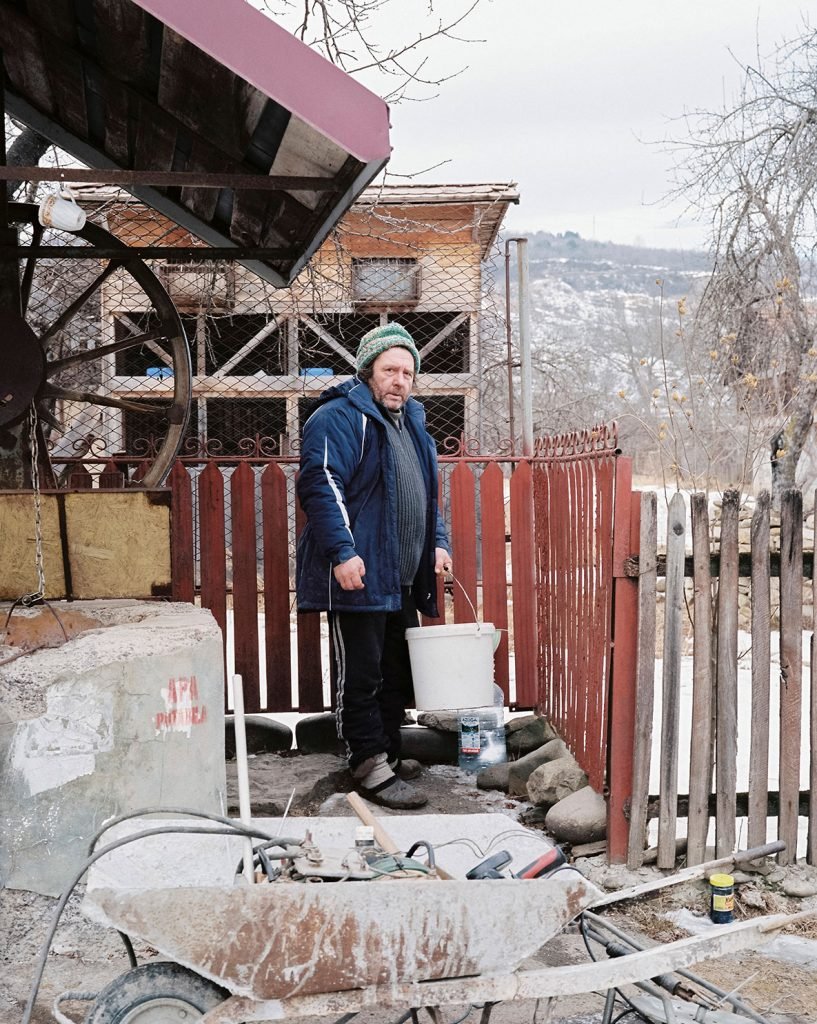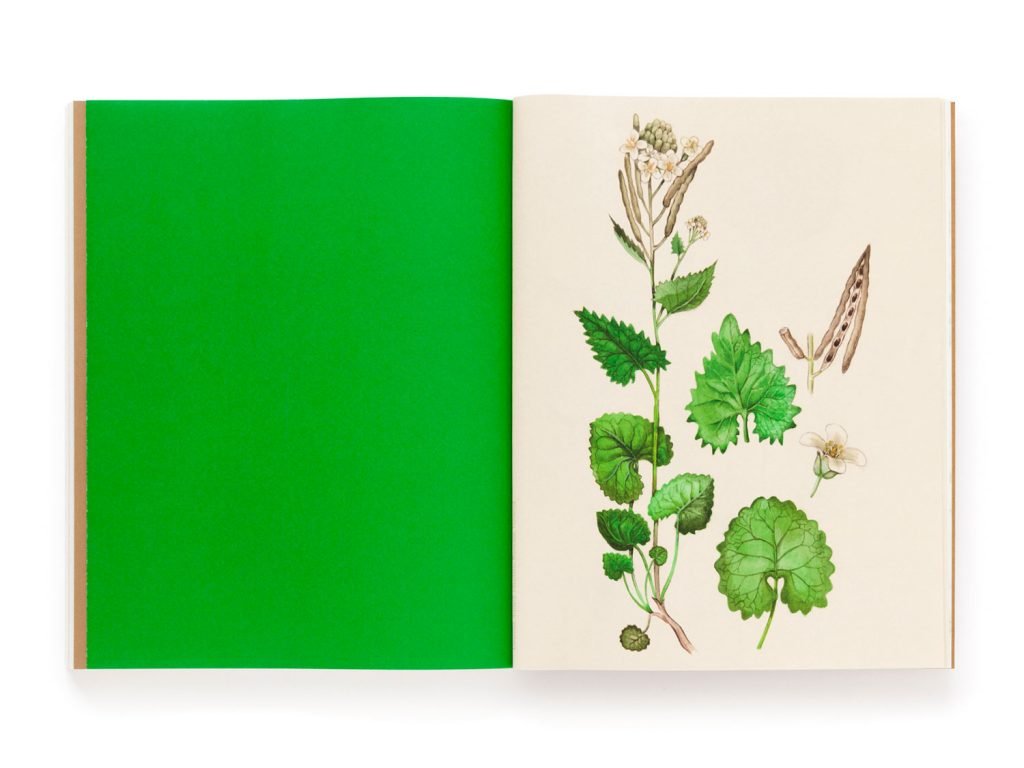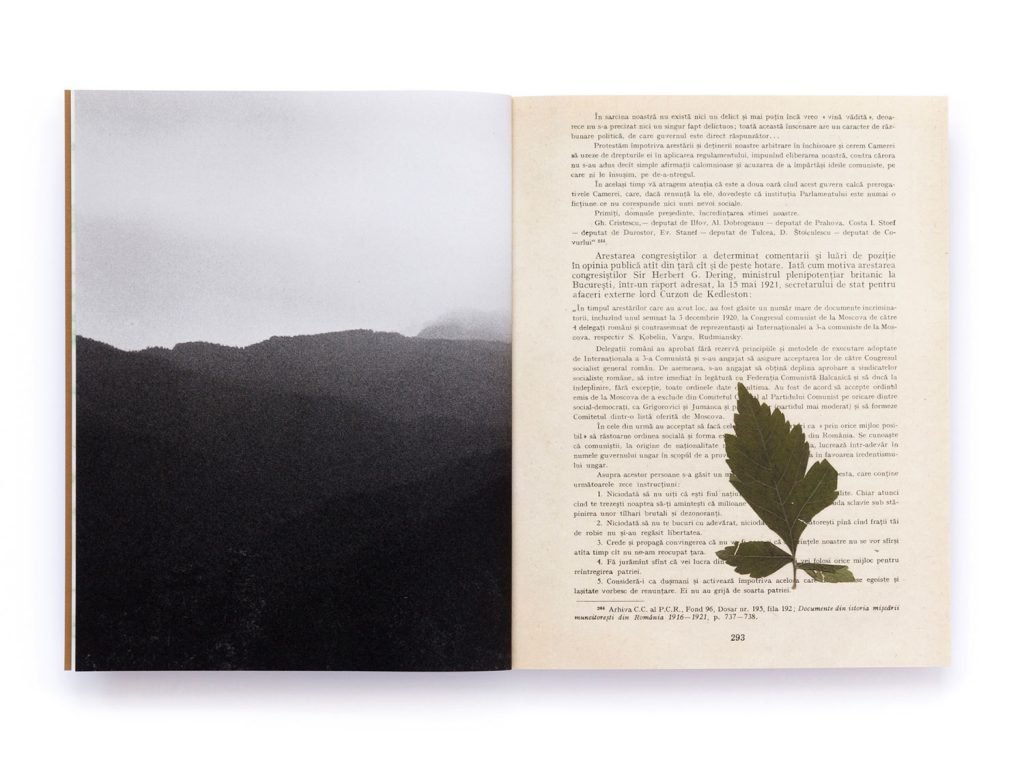Pascual Martínez & Vincent Sáez are two Spanish photographers who work together. Their focus is on human relations and the study of society through photography as a means of anthropological exploration. In 2014 they began working on The Tree of Life is Eternally Green. For this project they have been awarded grants for foreign cultural journalists by the Romanian Cultural Institute. The Tree of Life is Eternally Green was selected to exhibit at PHotoEspaña Forum of the Community of Madrid and at the PA-TA-TA Festival in Granada in 2017, and in the final selection at LensCulture Awards 2015. Recently it has been exhibited in Madrid, Murcia and Barcelona and published their photobook with Overlapse.
The Tree of Life is Eternally Green
Romania has a complex history where its people have struggled to claim territory, faced brutal oppression, communist nationalisation, and foreign exploitation of resources and agriculture. The central region of Transylvania was claimed at the end of the First World War, extending the country’s wealth of natural resources from the border with Ukraine to the Danube Valley. Industrialisation increased exponentially from the 1950s to 1980s and the effects had a massive impact on the economy, social progress, and the landscape.
Romanians have been resilient in the face of progress and adversity, and since the fall of communism in 1989 the country has seen an intellectual revival and a return to practicing long-held traditions. For over 15 years in a conflict in Roşia Montană, public administration and environmental organizations have confronted a mining company in a fight to keep their natural environment free from continued over-exploitation. In The Tree of Life is Eternally Green, we focus on identity and history from a perspective that transcends socio-political issues, and dispels stereotypes associated with Romanians. Their record is seeped in the natural environment and celebrates Romanian people, their traditions, the untamed landscape and the country’s rich flora.
The Tree Of Life Is Eternally Green is foremost about nature; about its wild and pure state, the ways it respects and manages itself, untamed, and about the complex relationships that humans establish with it. In this context, the relationship with nature is understood as a way of life – not occasional or naive. The connections are numerous and varied, both in terms of permanence and dependence. Throughout Europe we might perceive Romania to be a more ‘Eastern’ exponent of the preservation and invigoration of natural heritage. Experiencing the country’s natural environment while absorbing different cultural aspects of its history produces a profound connection with roots, in their essence. We felt that, since the first inhabitants of Europe populated its fertile lands, the driving rhythm of Romanian society has been instinctively linked to the land – just like the roots of a tree organically find their way, entangled with other living beings. People and nature are interdependent.
To view Romania’s surface is to let oneself travel across steep mountains and leafy forests alive with history and memory that is infused with the land as roots are fused with soil. Romania’s memory is its story in the same way trees carry rings within their trunks, from their core right out to the sapwood. The story is as complex as cold Romanian winters and as shaken as spring in bloom, but also as rich in life as the country is abundant with fruits in summer.
Being in Romania, the cycle of life itself becomes a constant. There we can reconnect with our natural selves and lead a selfsufficient lifestyle without rejecting the modern world or being completely isolated from mainstream society. At the same time that shopping malls and supermarkets infiltrate the landscape around us, some people choose to heat their homes with wood, cultivate the land, fill cans with food they prepare themselves, and tend to plants they’ve personally grown from seed. For some it is the natural way of doing things, but others are establishing new principles in a movement to ‘return to the Earth’.
To look at the outward appearance of a tree, it is simply a trunk covered in bark, with extended branches adorned in leaves. This is relative to our superficial view of a country that isn’t ours, where we can’t necessarily comprehend its true values beneath the surface. Stereotypes are products of ignorance and theories, and only show an external version of reality. Our images are viewed from a singular direction, but attempt to see the essence of things in the uncomplicated gestures that make up a story both complex and simple at once.
“My worthy friend, gray are all theories, and green alone Life’s golden tree.” – Mephistopheles to a curious student in Goethe’s Faust
–
website: Pascual Martínez + Vincent Sáez
Instagram: pascual_and_vincent
Publisher: Overlapse
–
copyright © Pascual Martinez & Vincent Saez, all rights reserved
–



